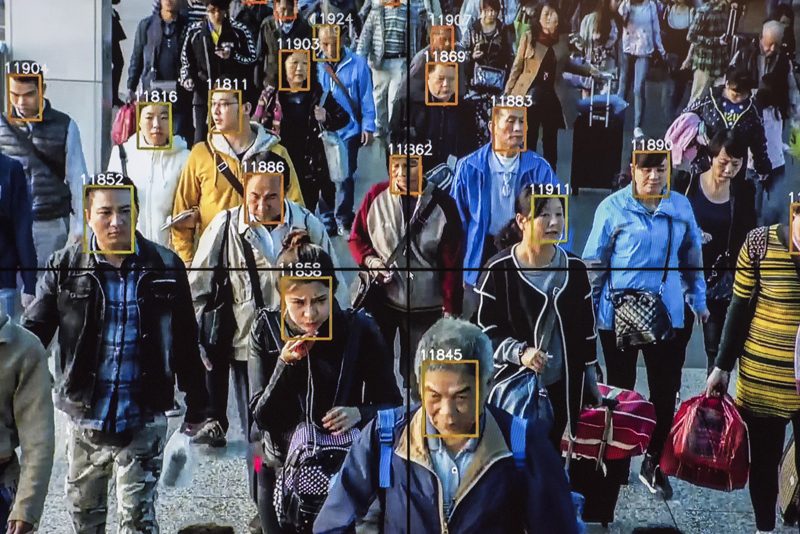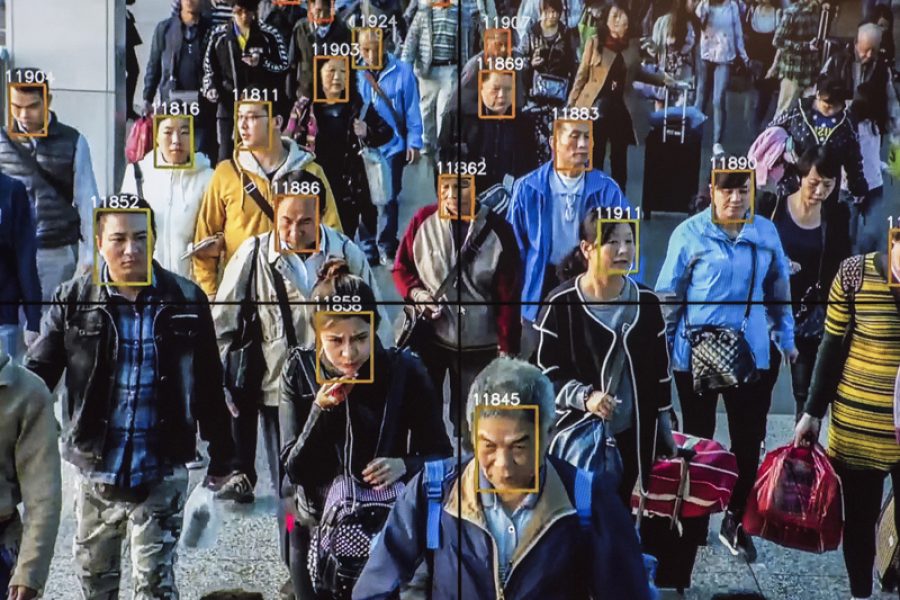Secretary for Security Wong Sio Chak said in the legislature’s hemicycle Thursday that the government plans to introduce facial recognition and automatic number-plate recognition to the police forces’ closed-circuit television (CCTV) camera system next year.
The policy secretary also said that the two recognition technologies would be first installed in 100 CCTV cameras each.
According to Wikipedia, automatic number-plate recognition is a technology that uses optical character recognition on images to read vehicle registration plates to create vehicle location data. It can be used in CCTV cameras, traffic enforcement cameras, or be specifically designed for the task.
Wong made the remarks when answering questions from several lawmakers, on the first day of a two-day Q&A session about his portfolio’s policy guidelines for next year.
The 2019 policy guidelines of the security portfolio state that the Judiciary Police (PJ), Public Security Police (PSP) and Macau Public Security Forces Affairs Bureau (DSFSM) will introduce facial recognition to their respective CCTV camera systems in due course.
Chief Executive Fernando Chui Sai On presented his 2019 Policy Address in the legislature’s hemicycle earlier this month.
The government plans to install 1,620 CCTV cameras in four phases.
The installation of the first phase of CCTV cameras was started in 2015. The first phase – 219 cameras – came into operation in September 2016.
The cameras in the first phase are located in the areas around the city’s various border checkpoints.
The CCTV camera installations of the second and third phases were being carried out at the same time. The second phase (263 cameras) and the third phase (338 cameras) came into use at the same time in June this year.
The cameras in the second phase have been installed on all major roads, while the cameras in the third phase have been installed in so-called security black spots and at major tourist attractions.
The installation of the fourth phase of CCTV cameras was started in February this year. The government has said that it expects the fourth phase – 800 cameras – to come into operation in the first quarter of 2020.
The government has said that the cameras in the fourth phase will be installed in quiet places as well as places with potential security hazards.
During yesterday’s plenary session, several lawmakers asked Wong about the possible installation of facial recognition devices in the police forces’ CCTV camera system.
Wong replied that the CCTV cameras at the city’s border checkpoints have already been equipped with the facial recognition technology. He went on to say that in reference to the mainland’s smart policing technology, the local police plan to add facial recognition and automatic number plate recognition devices to other CCTV cameras next year.
He said that the police plan to start installing the two recognition technologies in 200 CCTV cameras – 100 CCTV cameras for each of the two technologies – next year.
Wong stressed that the facial recognition technology installations will have to be approved by the Personal Data Protection Office (GPDP) for each single CCTV camera.
Wong also revealed that since the police forces’ CCTV camera system first came into operation in 2016, the police had investigated 1,208 suspected crime cases with the help of the CCTV camera system, until the end of the first half of this year, adding that a considerable percentage of these cases were solved thanks to the CCTV camera system.
Wong noted that the crime detection rate has been “very high” for cases such as arson, robbery and fraud, thanks to the authorities’ CCTV camera system.
Wong also said that the Unitary Police Service (SPU) will carry out a study and formulate a design plan next year for the installation of CCTV cameras in the city’s new land reclamation zones – namely in the fifth and sixth phases.
Wong also said that he expects the fifth and sixth phases of CCTV cameras to come into operation in 2022.
Meanwhile, Wong also revealed during the plenary session that 22 percent of Public Security Police (PSP) officers are females. He also said that due to the high level of physical strength required, female firefighters still account for only 4.73 percent of the total.
Wong noted that in addition to a certain required level of physical strength, policing tasks nowadays increasingly demand a high level of specific knowledge, such as being detail-minded and meticulous, for which, he said, female police officers were particularly suited.






